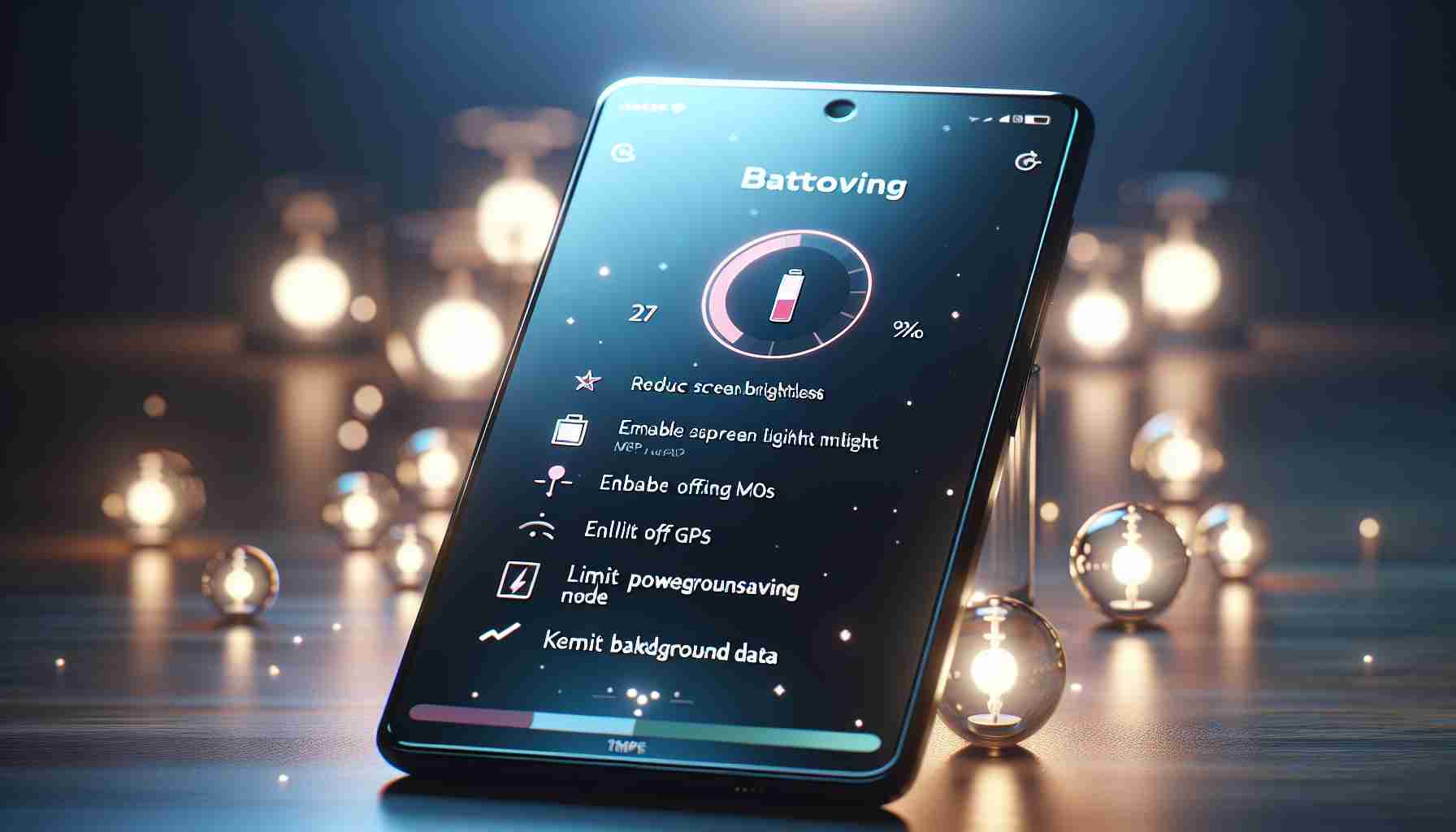Is your smartphone draining faster than usual? Instead of rushing to buy a new device, consider these alternative solutions to extend your battery life.
Avoid draining your smartphone’s battery by reducing the use of power-hungry features. Instead of relying on widgets for constant updates, opt for a simpler lock screen without widgets. By removing unnecessary widgets, you can reduce background app activity and save battery.
Another tip for saving battery is to disable keyboard haptic feedback on your smartphone. While haptic feedback provides a tactile experience when typing, it can drain the battery more quickly. To disable this feature, go to settings, select Sounds and Haptics, and turn off haptic feedback for the keyboard.
By adjusting settings and optimising the use of certain features on your smartphone, you can extend its battery life without needing to constantly recharge. Remember, simple changes like managing widgets and disabling vibration feedback can make a significant difference in preserving your device’s battery power.
Optimise your smartphone’s battery life: Discover key questions and challenges to tackle
Would you like to further improve your smartphone’s battery life beyond basic tips? Explore additional strategies that could have a significant impact on your device’s energy consumption.
Key questions:
1. What role does screen brightness play in battery consumption?
2. How does background app activity affect battery usage?
3. Is it beneficial to use battery optimisation apps or features on smartphones?
4. Are there specific charging practices that can extend battery longevity?
Answers and insights:
1. Screen brightness levels indeed have a significant impact on battery consumption. Lowering brightness indoors or in low-light environments can help save energy.
2. Background app activity, including widgets and notifications, continuously drains the battery. Manually managing which apps are allowed to run in the background can mitigate this issue.
3. While battery optimisation apps claim to improve efficiency, they can sometimes conflict with system settings or introduce unnecessary processes, potentially affecting overall performance.
4. Regarding charging practices, it is advisable to avoid frequent partial charges and instead opt for full charging cycles to preserve long-term battery health.
Challenges and controversies:
A common challenge is balancing the desire for real-time notifications through widgets with the need to preserve battery life. Users often face the dilemma of choosing functionality over battery longevity.
Pros and cons:
Pros:
– Implementing advanced battery-saving techniques can allow for prolonged device use between charges.
– Understanding the intricacies of battery management can enhance overall device performance and longevity.
Cons:
– Some advanced setting adjustments may require technical knowledge and could potentially affect user experience if not configured properly.
– There is a fine line between optimising battery life and sacrificing certain features or convenience characteristics on the device.
For more in-depth information on optimising smartphone battery life, visit TechRadar.










